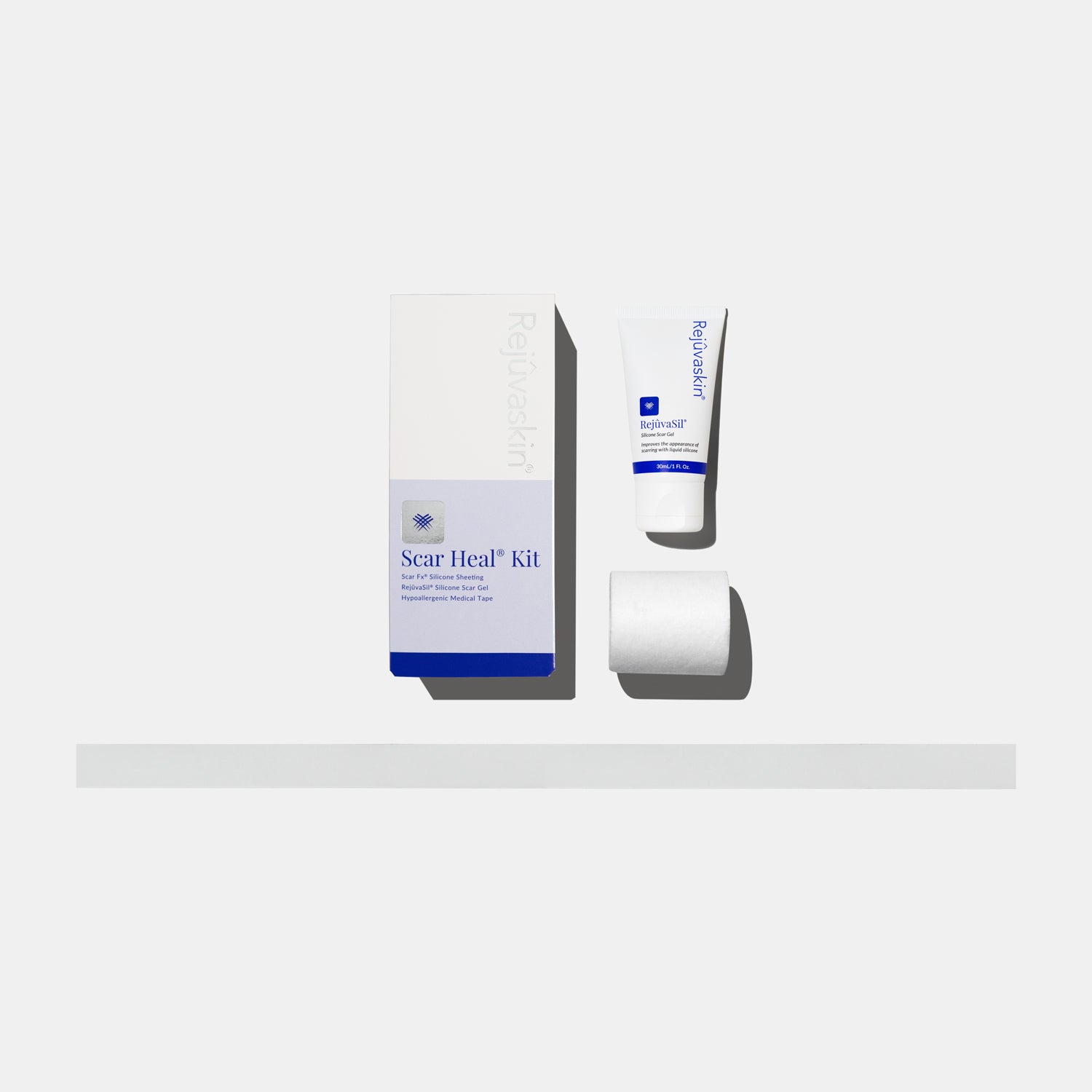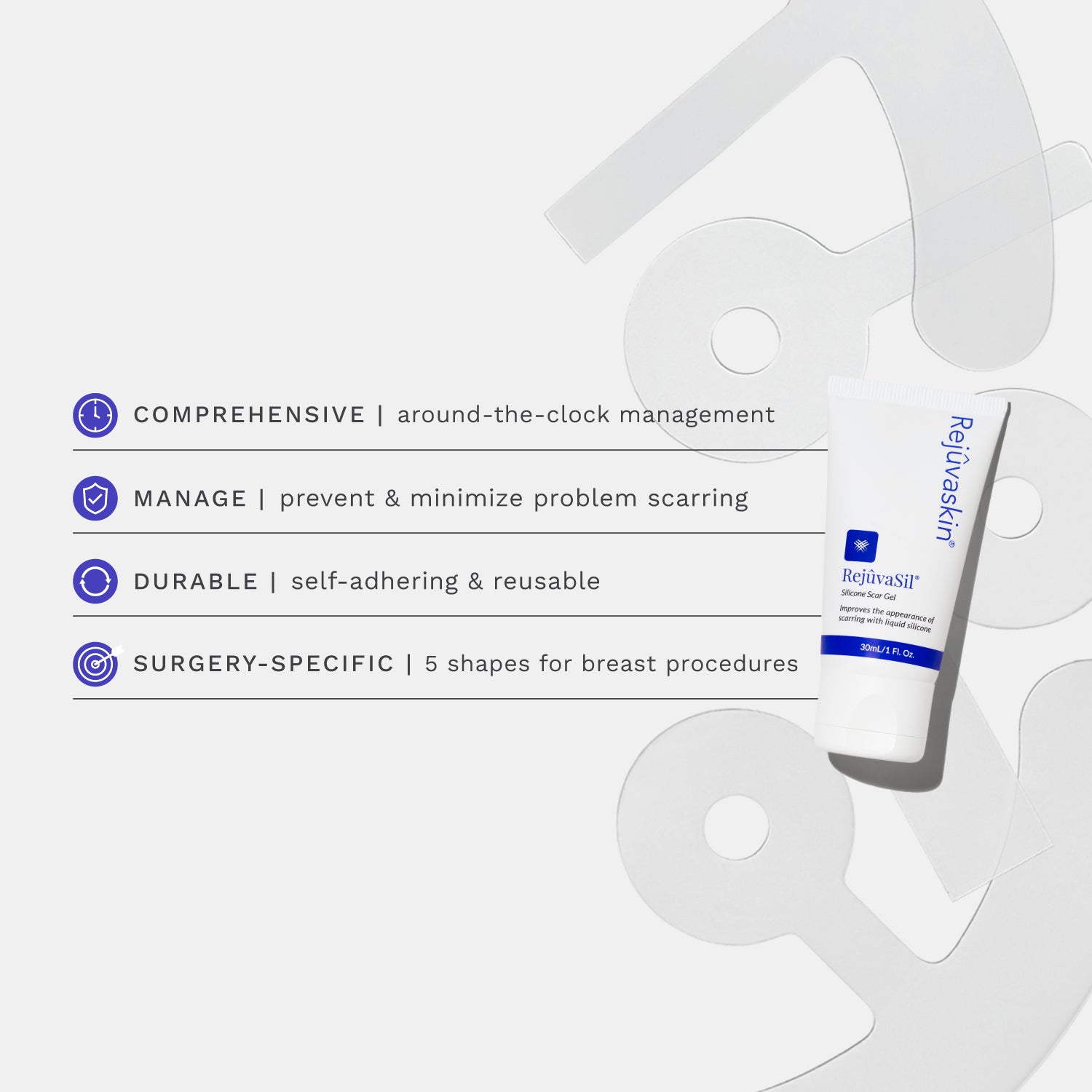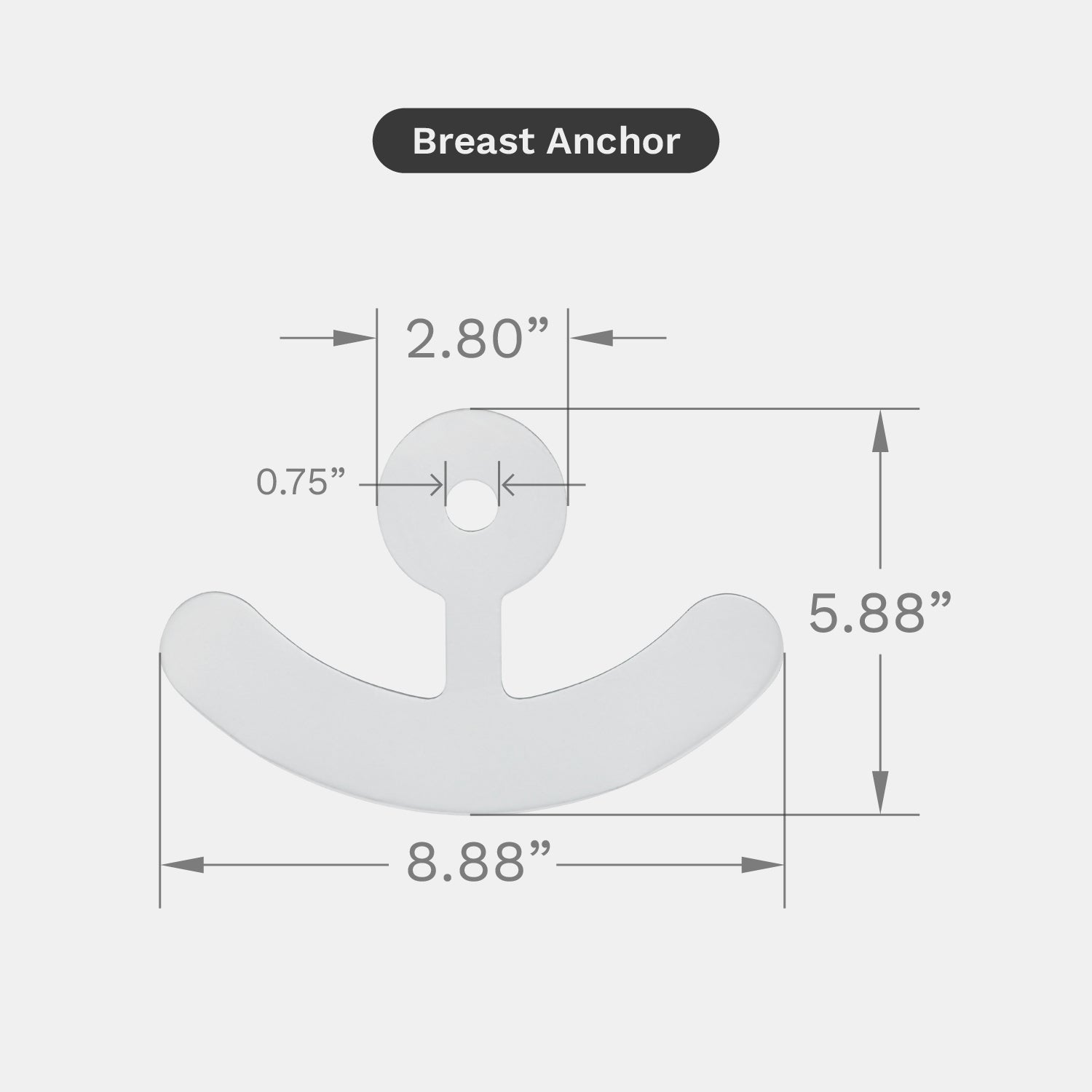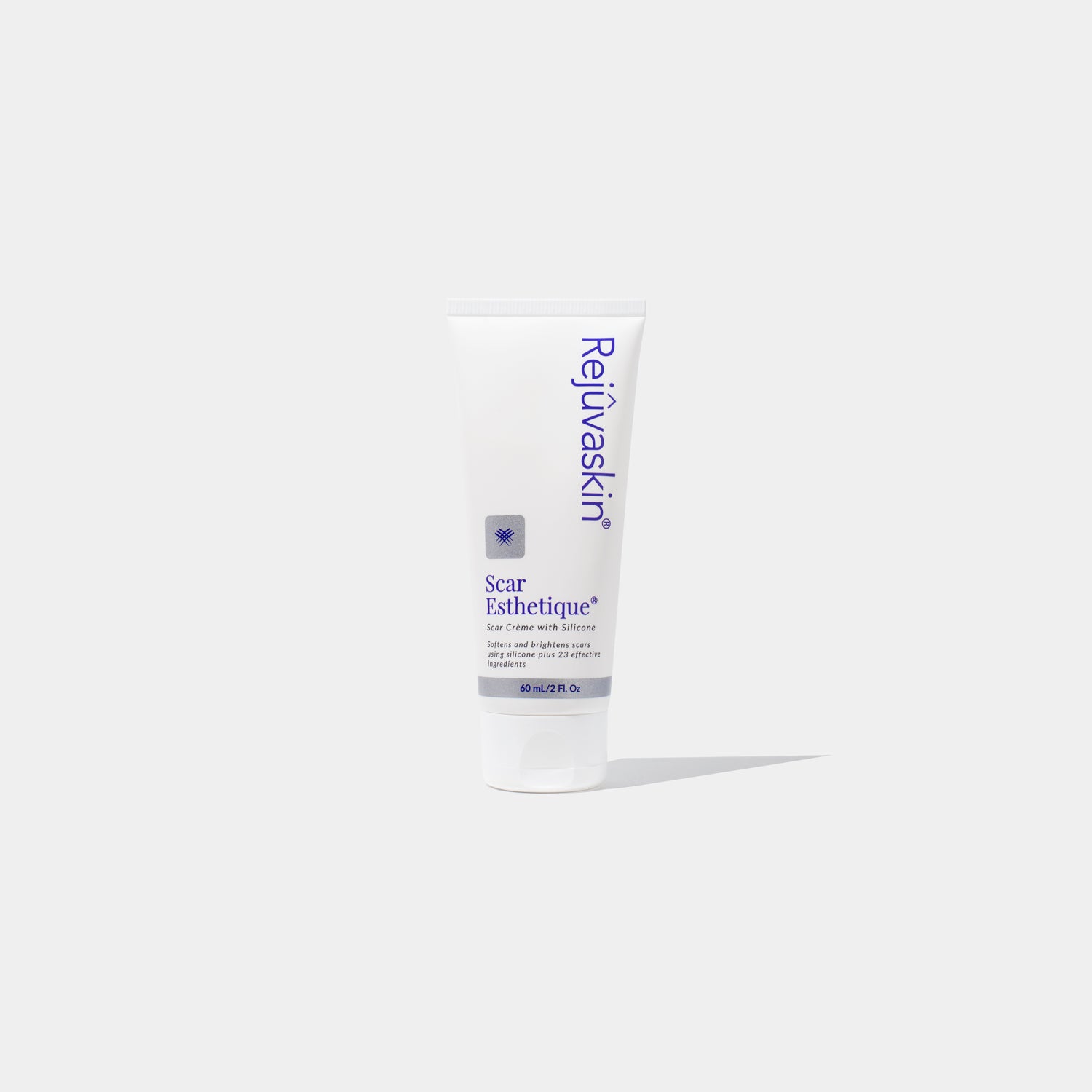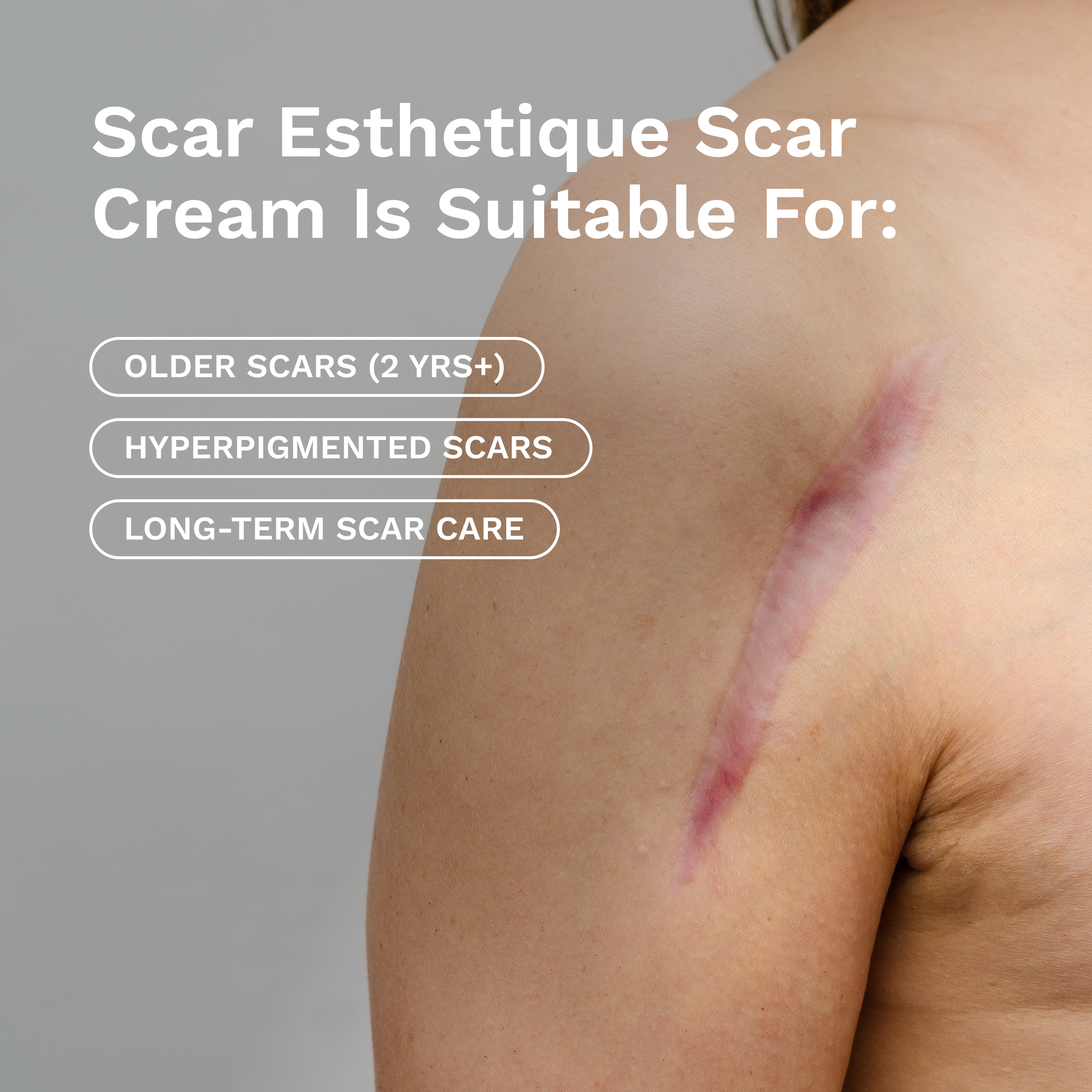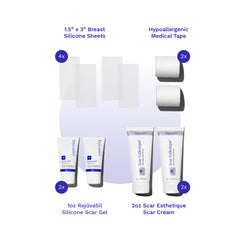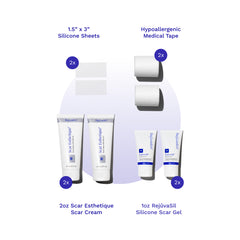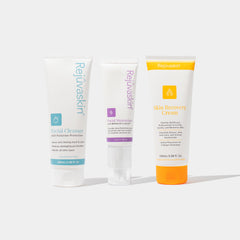Why July’s UV Safety Month Matters Year-Round
July marks UV Safety Month, a timely reminder that ultraviolet (UV) radiation is not just a cosmetic concern—it’s a critical public health issue with direct implications for patient care, outcomes, and long-term skin health. Whether you work in a clinical, surgical, or aesthetic setting, understanding the science behind UV exposure helps inform better guidance for patients at every stage of treatment and recovery.
The Basics: UVA vs. UVB
UV radiation is emitted by the sun and artificial sources like tanning beds. The two most relevant forms are:
-
UVA rays penetrate deeply into the skin, triggering oxidative stress and contributing to photoaging, elastin degradation, and uneven pigmentation.
-
UVB rays affect the more superficial layers, causing sunburn and direct DNA damage that can lead to mutations and skin cancer.
Both types are classified as human carcinogens by the World Health Organization (WHO, 2017). Importantly, UVA can penetrate glass and cloud cover—meaning protection is needed even in indirect sunlight or while driving.
Skin Damage at the Cellular Level
Chronic exposure to UV rays initiates a cascade of biological effects that disrupt skin health:
-
DNA mutations in skin cells can lead to malignancies such as basal cell carcinoma, squamous cell carcinoma, and melanoma (Brash, 2015).
-
Inflammatory responses contribute to delayed healing and increase the risk of post-inflammatory hyperpigmentation.
-
Melanogenesis is stimulated, particularly in hormonally sensitive individuals, resulting in conditions like melasma.
-
Immunosuppression from UV exposure can compromise the skin’s ability to detect and destroy precancerous cells (Halliday, 2005).
These effects can complicate both medical and aesthetic treatments, including wound healing, pigmentation management, and the longevity of procedure results.
Why UV Protection Should Be Part of Every Care Plan
Patients undergoing interventions such as surgery, laser therapy, tattooing, microneedling, or radiation treatments often experience increased sensitivity or compromised skin barrier function. In these contexts, even brief unprotected exposure can trigger adverse effects or diminish outcomes.
Evidence supports that daily sunscreen use reduces signs of photoaging and lowers skin cancer risk, while also improving the appearance of scars and pigmentation when used alongside other therapies (Yaar & Gilchrest, 2007; Niessen et al., 1999).
Despite widespread awareness campaigns, sunscreen adherence remains low. According to the CDC, fewer than one-third of U.S. adults report regular use of sunscreen on both their face and exposed skin (Holman et al., 2018).
Recommendations for Clinical Practice
July is a good time to reinforce the fundamentals of UV safety with patients, especially those receiving skin-directed therapies or long-term care. Consider the following:
-
Recommend broad-spectrum SPF 30+, ideally with zinc oxide or titanium dioxide for immediate protection and better skin tolerance.
-
Discuss daily use, not just during outdoor activity—especially after procedures or during periods of healing.
-
Provide product samples or curated recommendations, particularly for patients managing scars, pigmentation, or photosensitivity.
For patients with sensitive or compromised skin, mineral sunscreens are often preferred due to their gentle, non-irritating nature.
Rejûvaskin’s Mineral Facial Sunscreen offers broad-spectrum protection with zinc oxide, a sheer lightweight finish, and added antioxidants—making it an excellent option for post-treatment skin or daily defense.
The Bigger Picture
While July puts UV awareness in the spotlight, sun protection should be a year-round conversation. Every encounter is an opportunity to guide patients toward habits that support their skin health—before, during, and after care. Whether you’re helping someone heal from surgery, manage a chronic condition, or enhance their confidence, UV safety is foundational.
Clinician’s Corner
Looking for a mineral SPF that’s gentle enough for post-procedure skin and daily wear? Our Mineral Facial Sunscreen is formulated with zinc oxide, antioxidants, and a sheer finish—ideal for sensitive, scarred, or recently treated skin.
References
- American Academy of Dermatology. (2022). Sunscreen FAQs. https://www.aad.org/media/stats-sunscreen
- Brash, D. E. (2015). UV signature mutations. Photochemistry and Photobiology, 91(1), 15–26. https://doi.org/10.1111/php.12377
- Halliday, G. M. (2005). Inflammation, gene mutation and photoimmunosuppression in response to UVR-induced oxidative damage contributes to photocarcinogenesis. Mutation Research, 571(1–2), 107–120. https://doi.org/10.1016/j.mrfmmm.2004.11.016
- Holman, D. M., Ding, H., Guy, G. P., et al. (2018). Prevalence of sunscreen use among US adults. Journal of the American Academy of Dermatology, 78(2), 284–289. https://doi.org/10.1016/j.jaad.2017.08.056
- Niessen, F. B., Spauwen, P. H. M., Schalkwijk, J., & Kon, M. (1999). On the nature of hypertrophic scars and keloids: A review. Plastic and Reconstructive Surgery, 104(5), 1435–1458. https://doi.org/10.1097/00006534-199910000-00031
- World Health Organization. (2017). Artificial tanning sunbeds: Risks and guidance. https://www.who.int/uv/publications/en/sunbeds.pdf
- Yaar, M., & Gilchrest, B. A. (2007). Photoaging: Mechanism, prevention and therapy. British Journal of Dermatology, 157(5), 874–887. https://doi.org/10.1111/j.1365-2133.2007.08108.x
